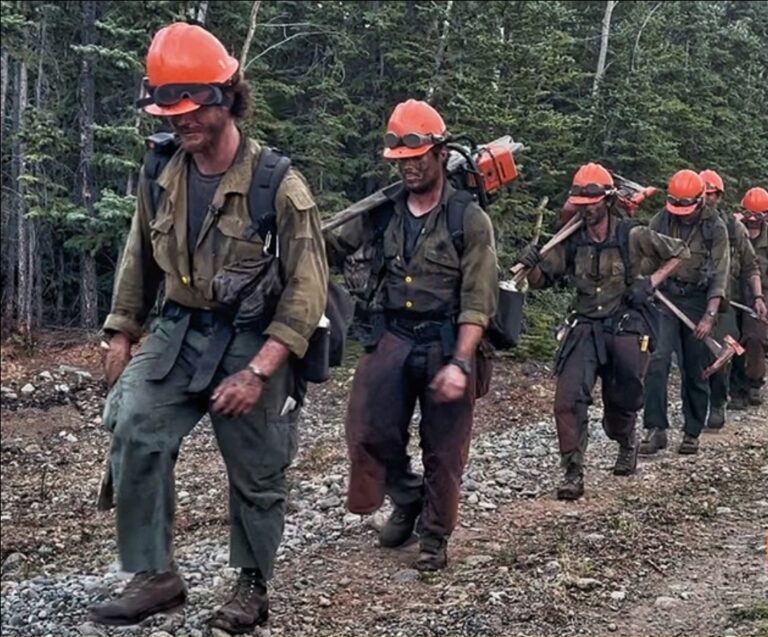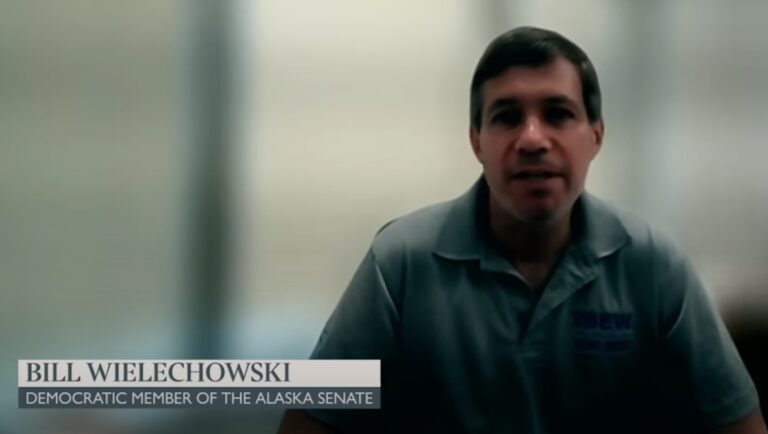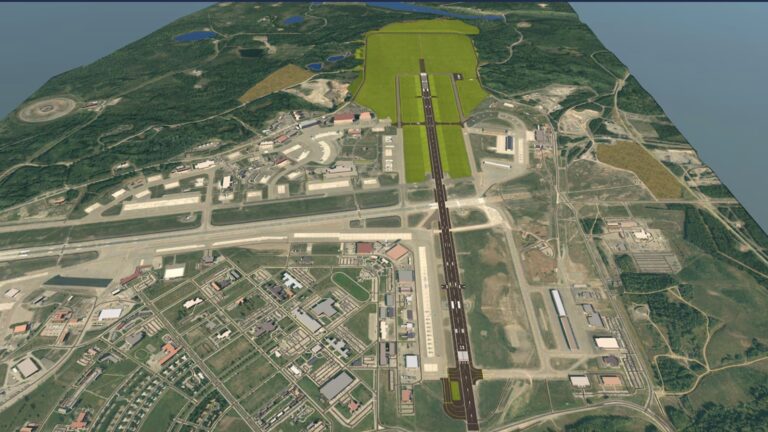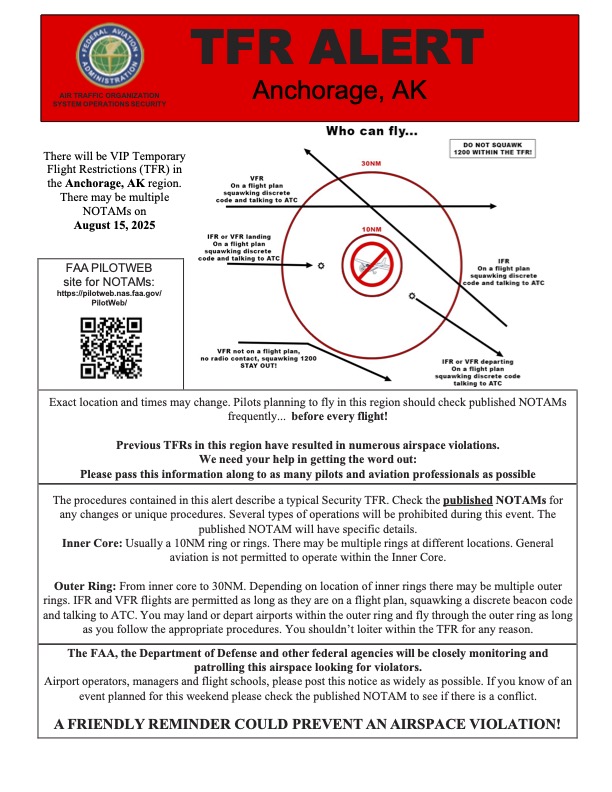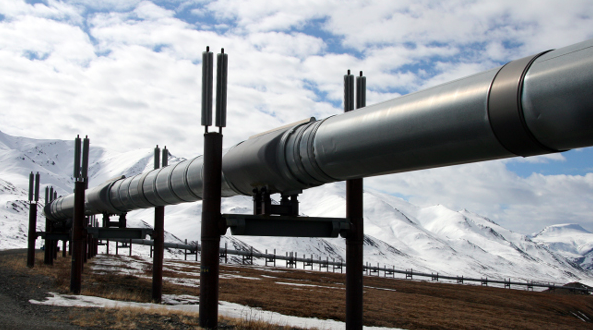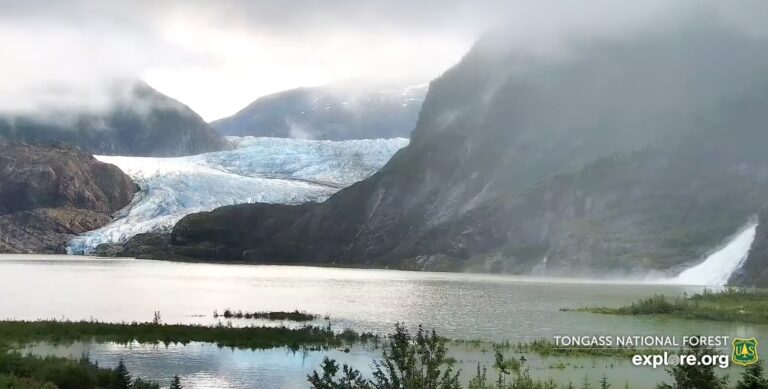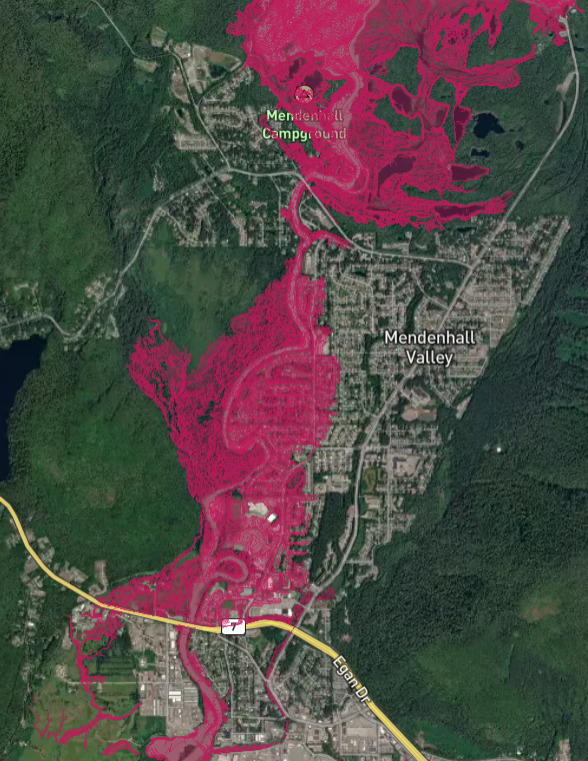A Kenai jury has found 37-year-old Nathaniel E. Erfurth guilty of 24 counts of Sexual Abuse of a Minor in the Second Degree and four counts of Unlawful Exploitation of a Minor in the First Degree.
Erfurth, a former Soldotna High School teacher, now faces a presumptive sentencing range of five to 15 years for each conviction. The jury further found that his sexual abuse of a minor offenses were the “most serious” within the statutory range, opening the possibility for enhanced sentencing.
According to prosecutors, Erfurth developed a parental-type relationship with the victim while she was a student, then used his position of authority and trust to initiate sexual penetration and solicit lewd photographs and videos. The pair communicated via the encrypted messaging app Signal, where Erfurth requested explicit material from the victim.
The Kenai District Attorney’s Office prosecuted the case, with District Attorney Daniel Strigle leading the effort alongside paralegals Julie Craig and Crystal Locke, and law office assistants Patrick Pilatti and Aaron Barba. Alaska State Troopers led the investigation, with Investigator Samuel Webber as the primary investigator.
The trial lasted nearly a month. Prosecutors credited the former student’s testimony and the jury’s time and attention in securing the convictions.
Must Read Alaska has reported on the case since Erfurth’s March 2023 arrest. At the time, he was serving as president of the Kenai Peninsula Education Association, the local teachers’ union. Following his arrest on initial charges of sexual abuse of a minor, the KPEA quickly elected a new president.
In pretrial motions, Erfurth challenged elements of the state’s evidence, including digital communications and investigative methods, but the court allowed key materials to be presented to the jury.
Erfurth’s arrest sent shockwaves through the Kenai education community, as he had been a prominent figure both in the classroom and in organized labor for educators.
Sentencing will be scheduled in the coming weeks.




